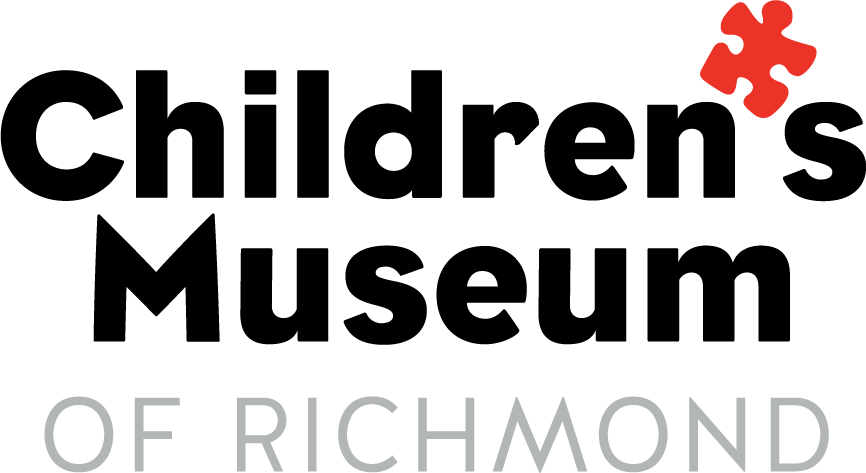Inside Look Into Our Sensory Backpacks
Our fabulous VCU Occupational Therapy Doctoral Capstone student, Alexis, shares a great resource for museum guests with sensory sensitivities.
Published on March 5, 2021
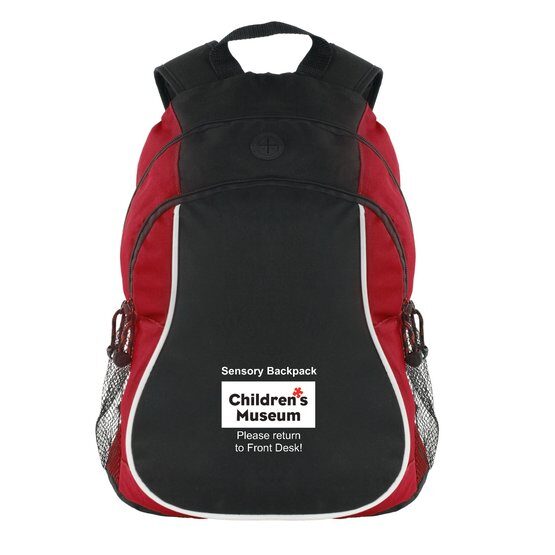
Visiting CMoR is often an exciting experience for children and their families. However, it can also be overwhelming or stressful if visiting the museum with a child who has sensory processing disorder or other sensory sensitivities.
Children with sensory sensitivities have over- or under-active sensory systems, meaning that they require more or less sensory stimulation than their peers in order to participate in their daily routines and activities. Understanding what your own body needs comes more naturally to some people than others. Children with sensory needs might require a little extra help to manage how they receive and respond to everything going on in the world around them. For example, at the museum there are new faces, new activities, bright and flashing lights, a range of noise levels, and so many other sensory experiences that you might be able to tune out without a second thought. But for a child with sensory sensitivities, these elements can create an overwhelming environment, causing some to experience “sensory overload.” This makes it much more difficult to focus, engage in, and enjoy the museum exhibits.
To assist families and their children to feel more prepared and confident to engage in a museum visit, the Children’s Museum of Richmond offers a variety of sensory supports. One of those supports our “Sensory Backpacks”, available to any guests who need them!
SENSORY BACKPACKS
Sensory Backpacks are full of tools to help children either calm down or stimulate their sensory systems. Our sensory backpacks are filled with different items to help meet the needs of the child (and the backpack itself also serves as a calming tool by providing deep pressure when worn). Caregivers know their child and their sensory needs best, which is why CMoR offers the following supports:
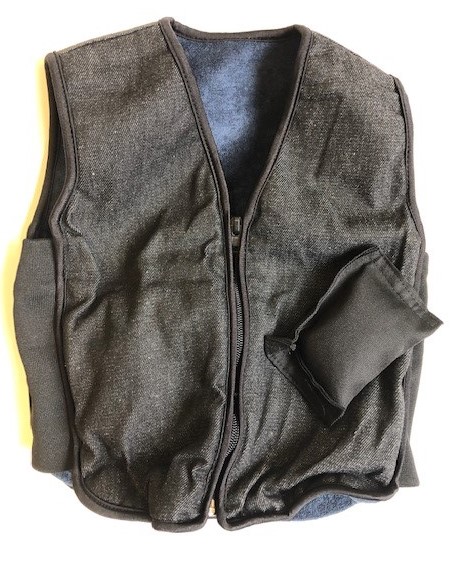
Weighted Vest
Putting on this vest feels like a tight hug and can help children calm down through DEEP PRESSURE by targeting their proprioceptive system, also known as the 6th sense. This sense tells us where our bodies are in space by sending signals to our brains from our joints and muscles. By accepting input in the form of deep pressure, we can produce an organizing or calming effect on our bodies. Each museum has a small and medium option.

Noise Canceling Headphones
For those who are sensitive to loud or random noises, these headphones provide a way for children to tune out unwanted sounds and enjoy exploring the museum.
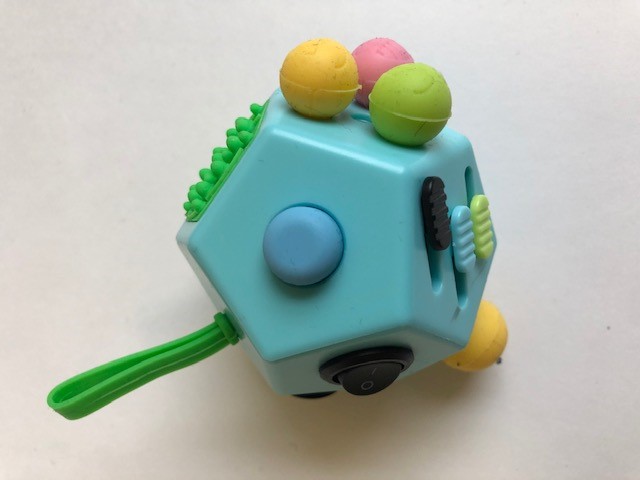
12-Sided Fidget Cube
This sensory tool offers children the opportunity to engage their tactile, visual, and auditory senses all in one, meeting a wide range of sensory needs. This one is perfect for sitting in the lobby to take a break!
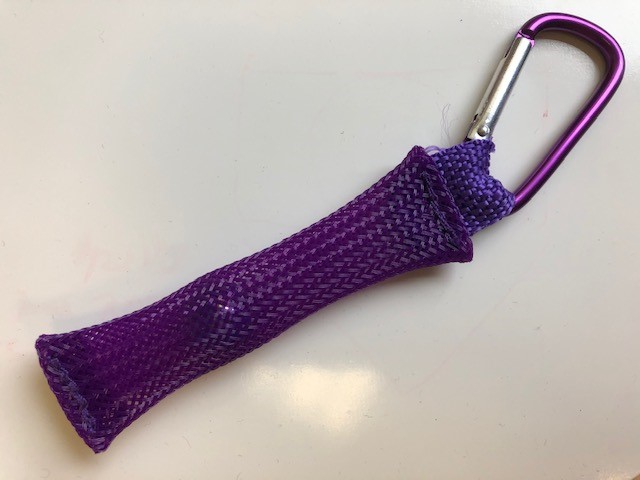
Mesh Marble Fidget Toy
This fidget toy is a bit more discreet and is great for use on the museum floor if your child needs some silent tactile input to help them relax, regulate, and focus!
COMING SOON to the website… customizable Museum Visual Schedule!
A visual schedule helps families to make a plan for the visit, ease transitions from one activity to the next, and provide the child with choices in order to feel more in control of where they are going and when.
Ask at the front desk to check out a Sensory Backpack! They are available at both the Downtown and Chesterfield locations to use at no cost to support a fun museum experience for your child.
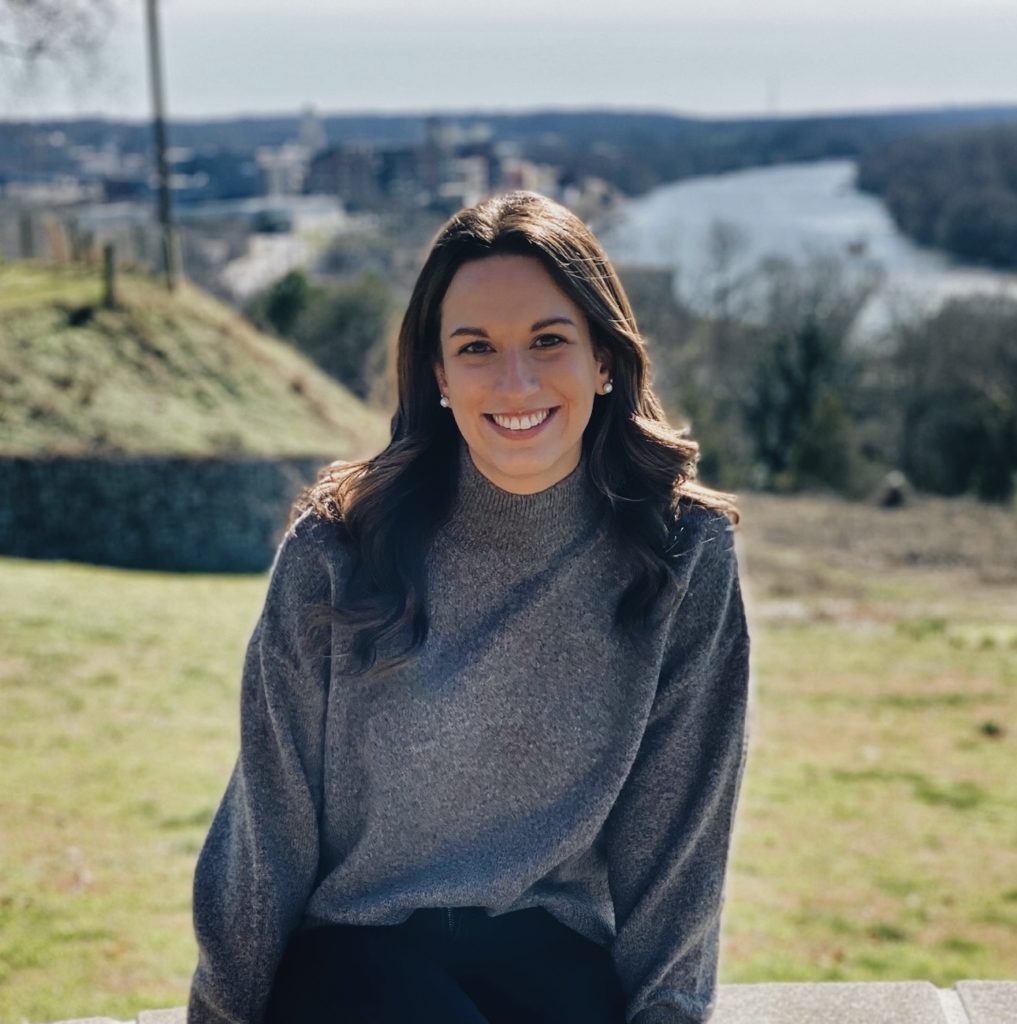
Hi everyone! My name is Alexis Osimani and I am a third-year doctoral student in the Department of Occupational Therapy at VCU. As part of my final Capstone Project, I am partnering with the Children’s Museum of Richmond to improve accessibility and inclusivity for children with disabilities in order to create a more welcoming and engaging environment for all learners. I have always had a passion for advocating for individuals with disabilities and working with children, so I am excited for the opportunity to merge these two through this experience!
If you would like to share your thoughts or ideas on how the museum could be improved to be more accessible, inclusive, or meet the needs of you or your child – please reach out to me at osimaniaa@vcu.edu. I would love to hear from you!
